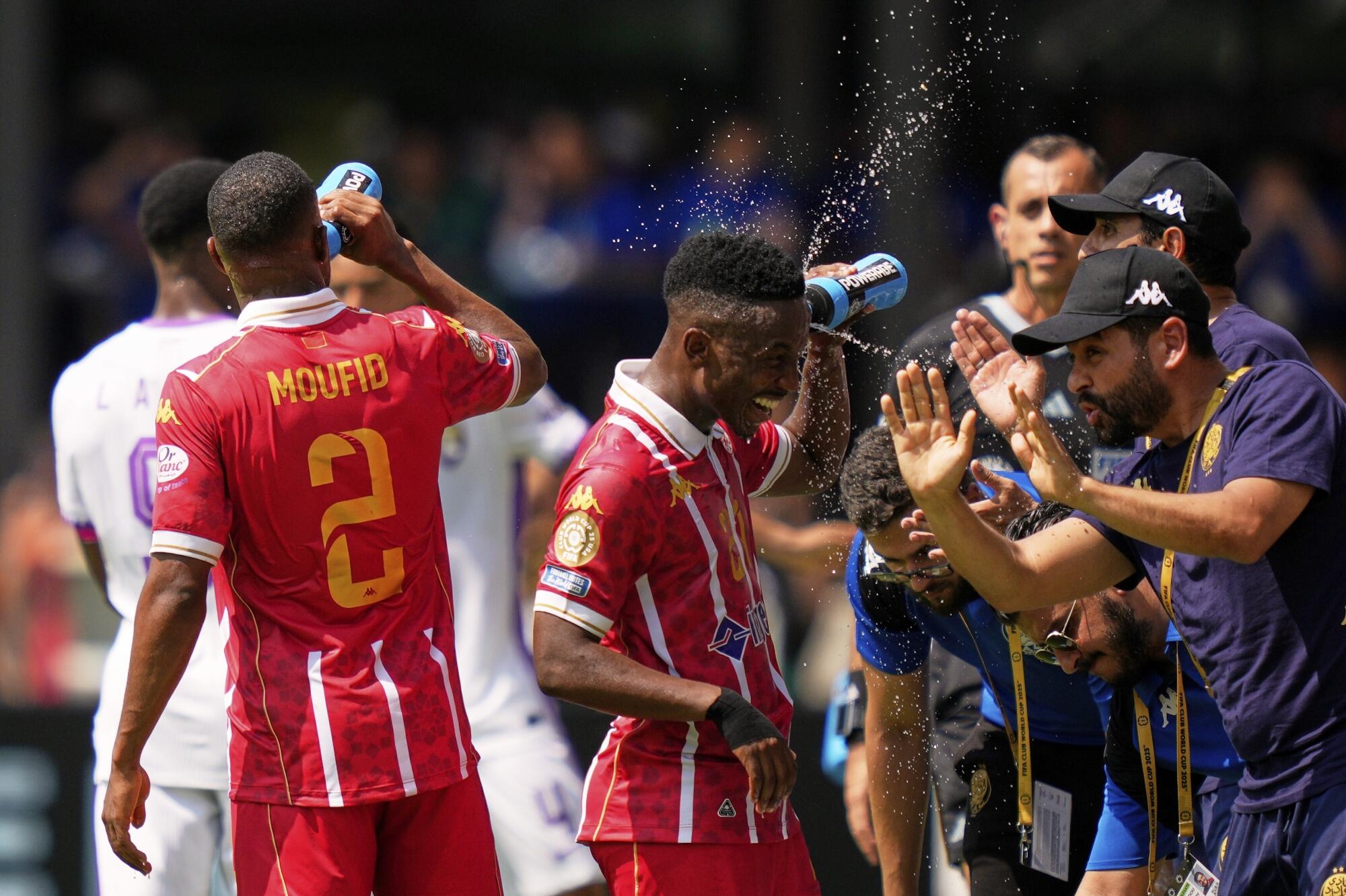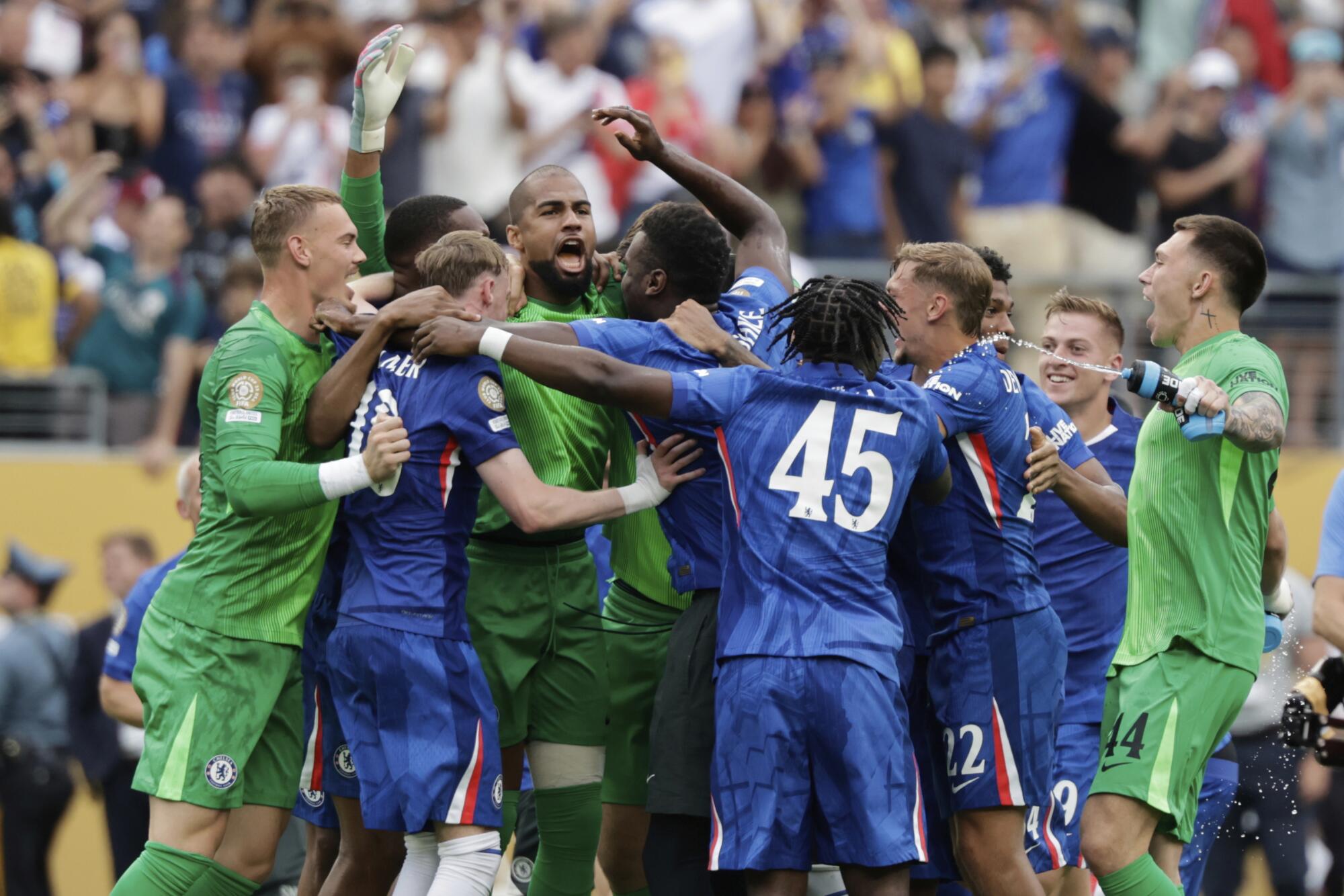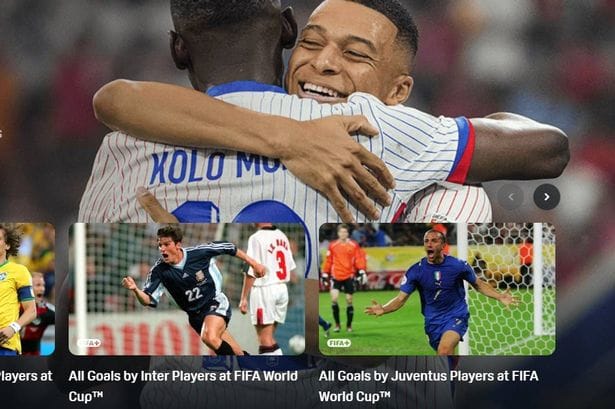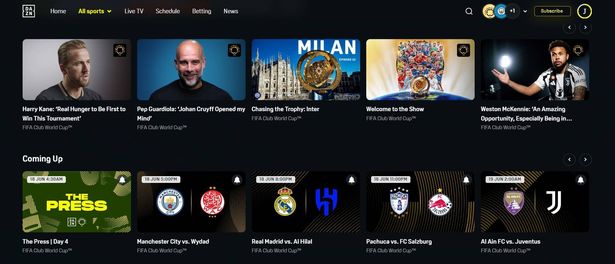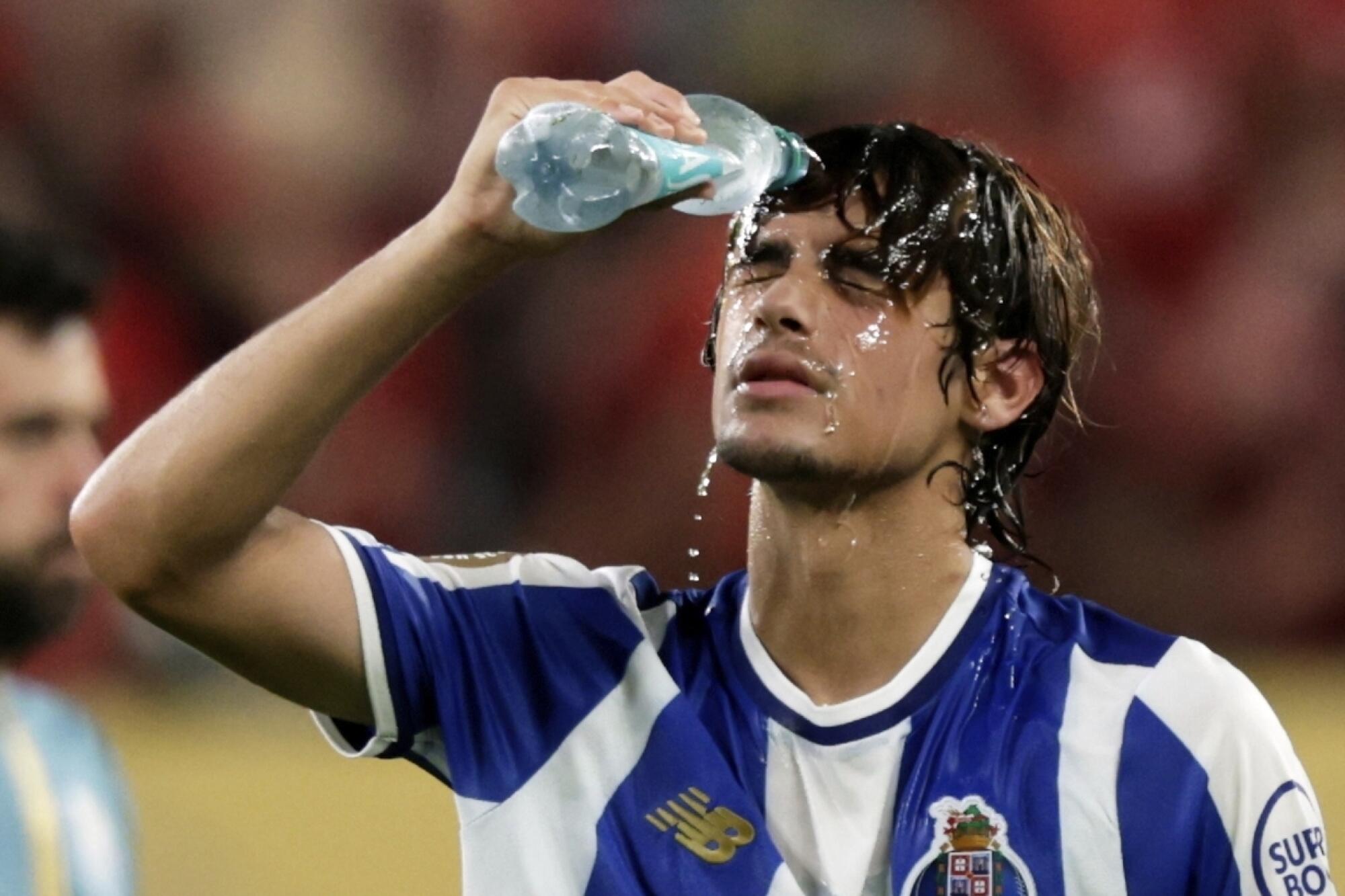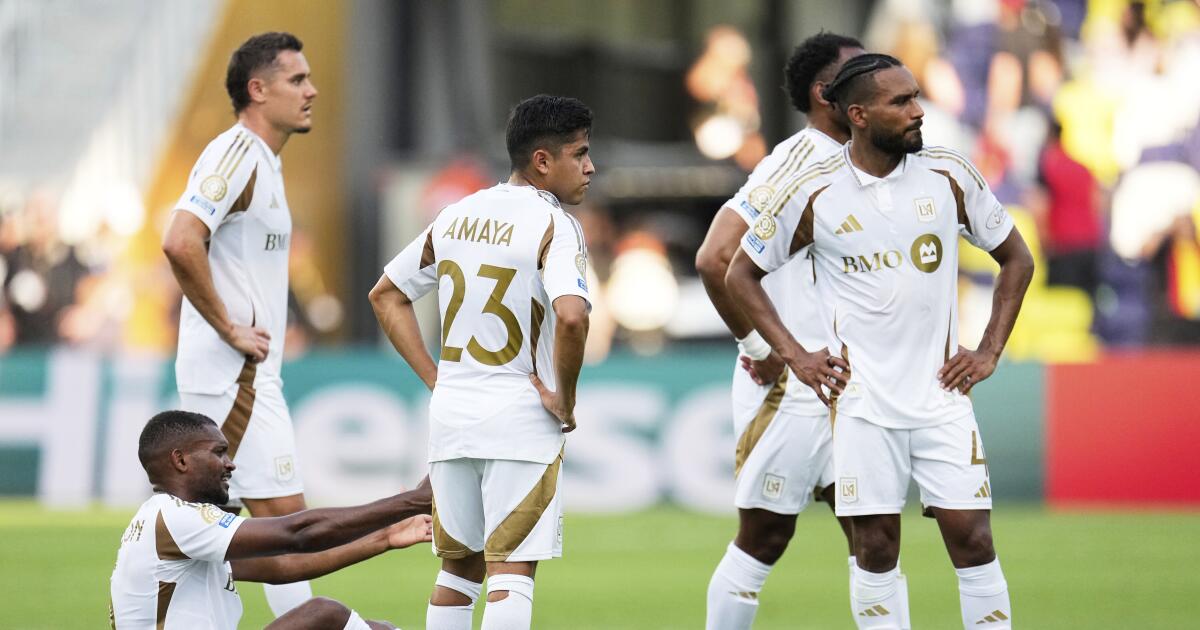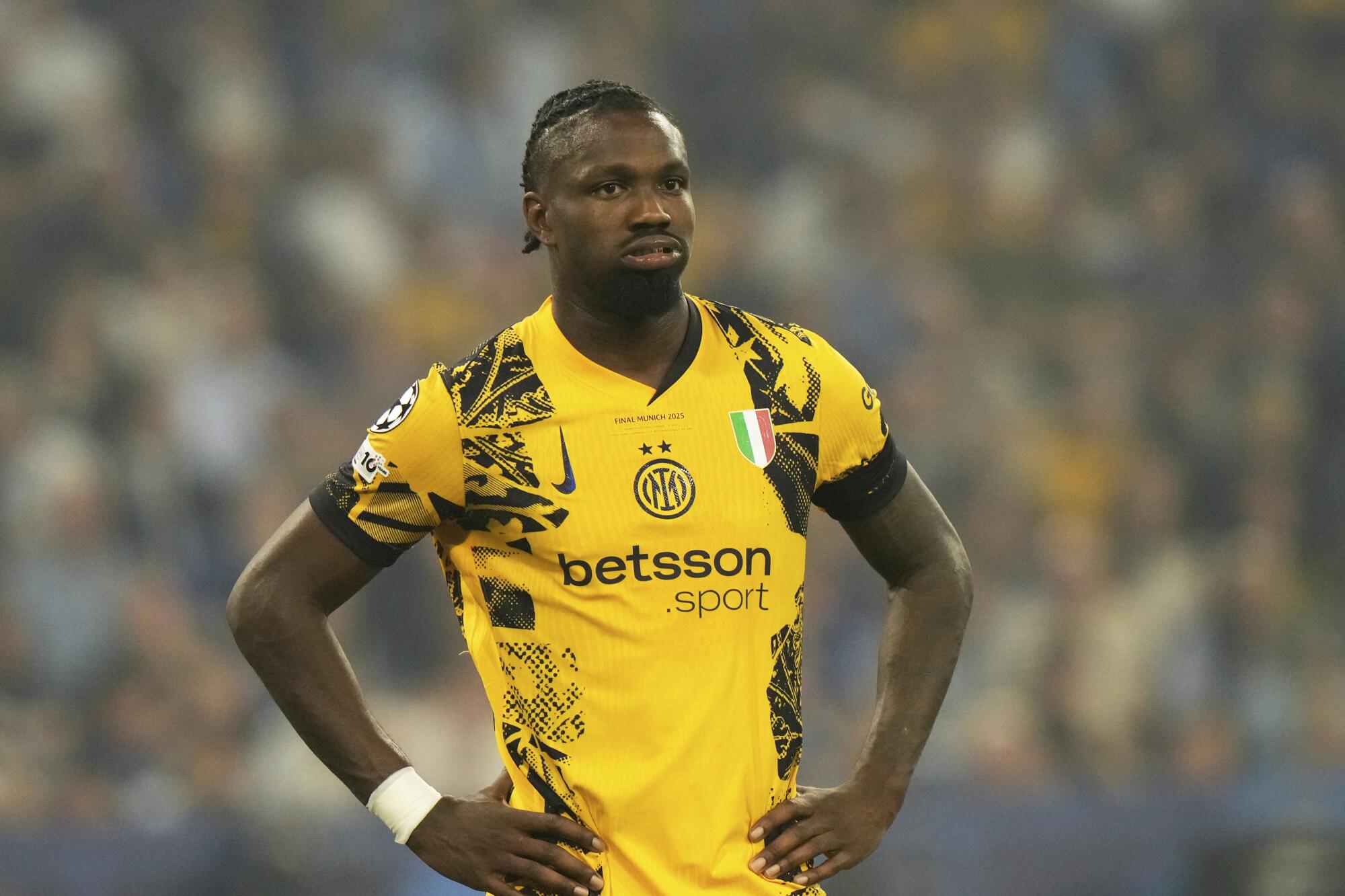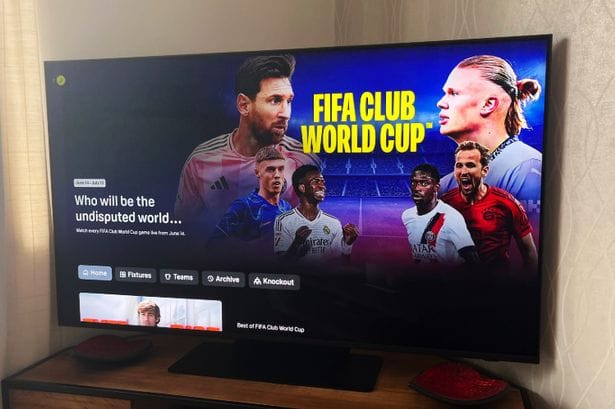The Mirror’s TV writer Jake Hackney joined DAZN to watch the FIFA Club World Cup for free, but the streaming platform’s other features left him impressed
The FIFA Club World Cup kicked off earlier this month, so the Mirror’s TV writer Jake Hackney set up a free DAZN account to see what all the hype is about. Like many Brits, Jake always linked DAZN with boxing, but as that’s never been his sport, he was yet to truly delve into the platform.
DAZN is now the sole global broadcaster of all 63 matches in the Club World Cup and is showing every game for free. FIFA has really pulled out all the stops with the competition, giving it a makeover with a new format featuring 32 of the world’s top clubs.
Manchester City and Chelsea are flying the flag for the Premier League, along with the likes of Real Madrid, Paris Saint-Germain, Inter Miami and Boca Juniors. The tournament runs until the final on July 13, and football fans can sign up for a free DAZN account to watch every match.
READ MORE: Disney+ drops to £1.99 in rare deal Netflix and Amazon can’t beat
READ MORE: How to watch the FIFA Club World Cup 2025 for free on UK TV and live stream
As Jake previously told the Mirror, he found it odd not watching football on the BBC or Sky Sports, but given the quality of content and amount of extras available on DAZN, he believes the streaming platform will become more associated with football in the future. Jake opted for the free account, but there’s also the option to upgrade to DAZN’s Premium plan from £9.99.
This includes every Club World Cup match in HDR picture quality and Dolby 5.1 Surround Sound, plus highlights, replays, fewer adverts and full access to the rest of the DAZN platform. But even with a free account, there’s plenty of football content to keep fans entertained in the gap between the Premier League and EFL seasons.
Watch the Club World Cup free on DAZN

The streaming service is showing all of the FIFA Club World Cup games.
What struck Jake was the sheer volume of content available beyond the live matches, with a plethora of features, shows and compilations readily accessible on the Club World Cup homepage. Interviews with big names such as Harry Kane and Pep Guardiola are featured, along with DAZN’s ‘Icons’ series, which offers an in-depth look at each team and the 12 USA host cities.
Since signing up to DAZN, Jake has found himself engrossed in the amount of documentaries focusing on football greats like Cristiano Ronaldo, Maradona and Brazilian Ronaldo. There’s a treasure trove of vintage footage showcasing all the goals scored by specific teams at previous FIFA World Cups, featuring legends like Alessandro Del Piero, Raúl and Didier Drogba.
In short, there’s a feast of content to delve into on DAZN. It’s also straightforward to keep up with the latest competition, with every forthcoming fixture displayed on the Club World Cup homepage complete with dates and kick-off times, as well as the option to view the group brackets and tables, making it simple to stay updated with the current standings.
One can track their favourite teams in the competition to receive a push notification before their games, with Jake following Chelsea and Man City. DAZN sends him reminders about each of their fixtures, though with some kicking off in the early hours, he’ll opt to watch the DAZN highlights instead.
For those who aren’t keen on adding another subscription to their list, DAZN has sublicensed a selection of matches to Channel 5, meaning 23 games will be shown on both DAZN and Channel 5. This could be a good alternative for football fans who aren’t as tech-savvy or don’t mind missing out on some games.
Of course, there’s always the traditional Sky Sports package that costs £35 per month on a 24-month contract, in addition to essential Sky TV. This includes nine dedicated channels, covering the Premier League, Football, Cricket, Golf, F1, Boxing, NFL, NBA, Netball and much more, although the length of the contract might be a drawback for some.
DAZN boasts an impressive lineup of pundits for its Club World Cup coverage, including none other than Brazilian legend Ronaldo. Other big names include John Obi Mikel and Sami Khedira, with Conor McNamara, Andros Townsend, Brad Friedel, Rob Green among the commentators, offering a refreshing change from the usual voices on Sky or TNT Sports.
Jake has been using DAZN on both his Samsung smart TV and iPhone 13 and it’s performed largely well. There have been moments where it’s been slightly slow to respond and there’s been a bit of lag, but once a live game or documentary has loaded up, he has encountered no major problems.
